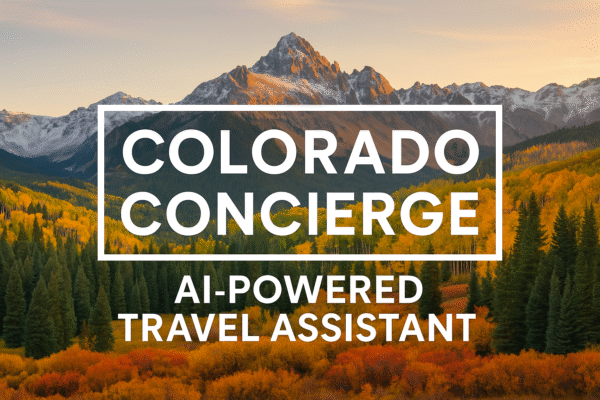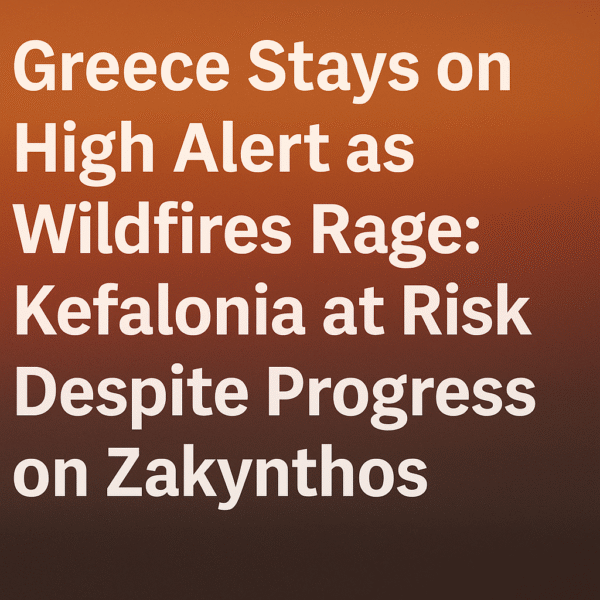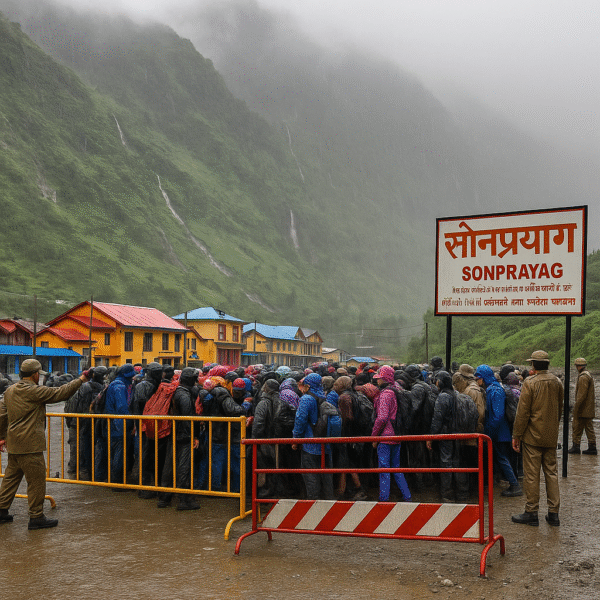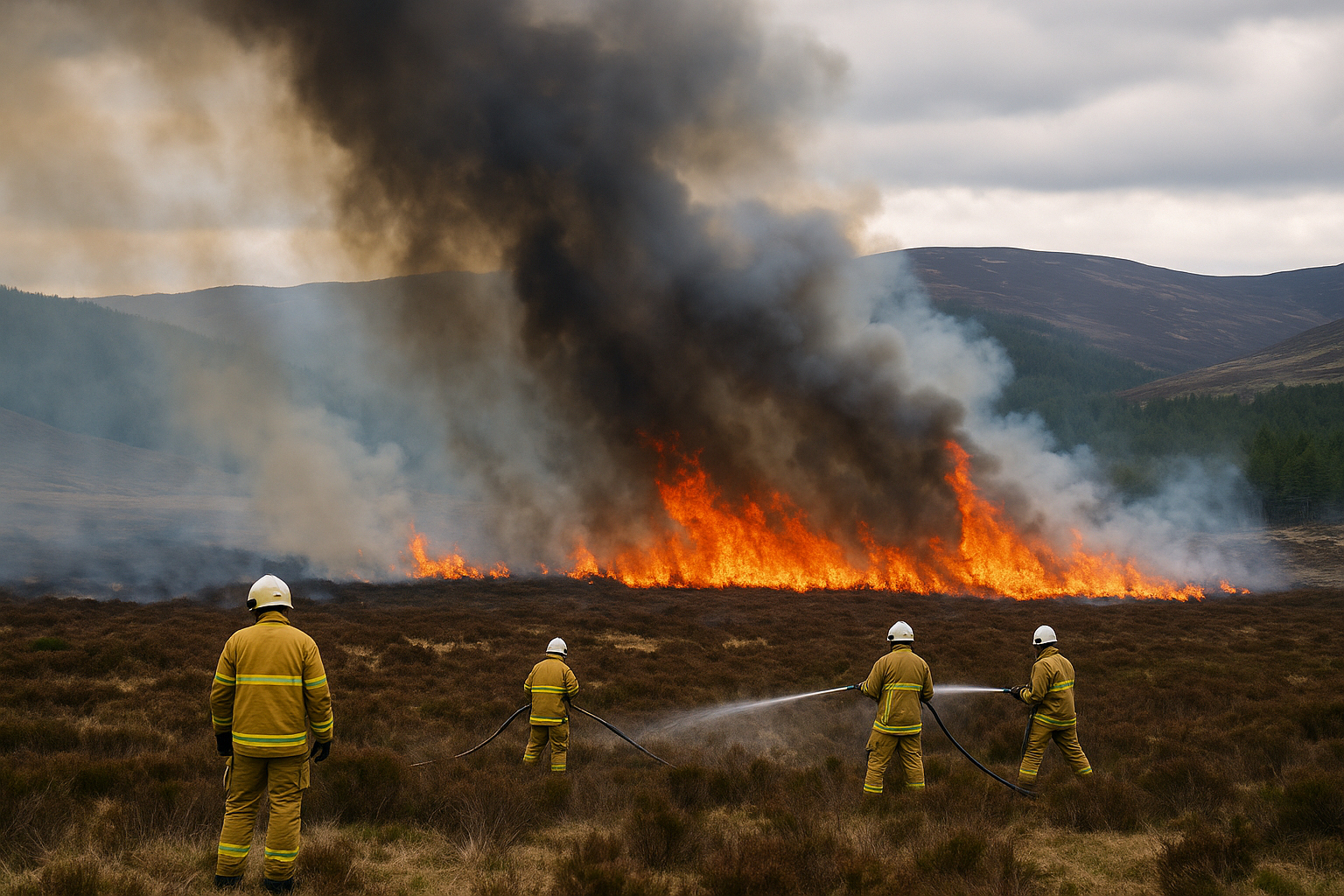Scotland’s Grantown-on-Spey Wildfires Spark Urgent Travel Warnings and Road Closures in the Highlands
Grantown-on-Spey, a beloved gateway to the Scottish Highlands and Cairngorms National Park, is currently facing a major wildfire crisis. A large-scale blaze erupted over the weekend near Loch Allan, north of Grantown-on-Spey, triggering a multi-agency emergency response. Firefighters from the Scottish Fire and Rescue Service (SFRS) have been battling through the night to contain the rapidly advancing flames, as authorities issue urgent travel advisories for tourists in the region.
The wildfire, which ignited late Saturday evening, June 28, has impacted several miles of woodland and prompted the closure of three major arterial roads: the A939 (Ferness to Grantown-on-Spey), A940 (Dava to Logie), and the B9007 (Duthill to Ferness). Police Scotland has advised travelers and residents to avoid the affected zones and keep windows and doors closed to limit exposure to smoke.
Firefighting Underway as Emergency Crews Battle the Blaze
First reported at 17:50 on Saturday, the wildfire’s intensity was fueled by dry weather and wind conditions, which spread flames across the rugged terrain. Fire crews, supported by two active appliances on-site, are working tirelessly to contain the blaze. While initial progress has been made, authorities stress that the situation remains fluid and that close monitoring will continue.
SFRS officials have acknowledged the difficult nature of the firefighting effort, noting the challenging topography and remote landscape as major obstacles. “Our crews are working in extreme conditions to protect lives and prevent further environmental damage,” said a spokesperson from the Scottish Fire and Rescue Service.
Travel Disruptions and Public Health Warnings
The road closures pose a significant challenge for local commuters, emergency vehicles, and the influx of summer tourists drawn to the Highlands. The region, renowned for its natural beauty and outdoor recreation, sees a sharp rise in visitor traffic during peak summer months.
Tourists planning visits to the Grantown-on-Spey area are urged to reroute their journeys, consult official channels for updates, and avoid fire-affected zones altogether. In addition to road closures, the lingering smoke presents a health risk, particularly for individuals with respiratory conditions.
Public health officials recommend staying indoors, using HEPA filters or masks when exposed to smoke outdoors, and limiting physical exertion in areas with poor air quality. The Scottish Environment Protection Agency (SEPA) has been monitoring air pollution levels and will continue to issue advisories based on real-time data.
Suspected Cause and the Role of Campfire Safety
Preliminary eyewitness reports suggest the fire may have originated near a makeshift campfire site southeast of Loch Allan. One witness described finding a ring of stones and camping chairs at the suspected ignition point. While the exact cause is still under investigation, these details point to human negligence as a possible trigger.
This incident serves as a stark reminder of the importance of responsible behavior in fire-sensitive zones. Outdoor enthusiasts are being urged by the SFRS and local authorities to avoid lighting open fires, extinguish all flames thoroughly, and never leave campfires unattended. Scotland’s “Leave No Trace” policy remains a critical framework for sustainable and safe wilderness travel.
Environmental Impact and Long-Term Consequences
Beyond immediate safety concerns, experts are also weighing the wildfire’s ecological consequences. The Highlands are home to unique flora and fauna, including rare species that inhabit the forests and wetlands around Loch Allan and Cairngorms National Park.
Once the fire is fully contained, environmental scientists and land managers will assess the damage to local ecosystems. Wildfires, while part of natural cycles in some regions, are increasingly influenced by climate conditions, and the rising frequency of such events in the UK has raised alarms among conservationists.
Community Resilience and Emergency Coordination
Despite the severity of the situation, the local community has rallied with resilience. Residents have been cooperating with emergency directives, offering support to fire crews, and staying informed through council bulletins and local radio updates.
The coordinated response includes efforts from Police Scotland, Highland Council emergency planning teams, SFRS, and healthcare professionals. As firefighters work to bring the wildfire under control, the emphasis remains on protecting public safety and limiting further damage.
Travel Advice for Tourists Visiting the Highlands
Tourists currently in the Highlands or planning upcoming travel should consider the following safety tips:
- Avoid closed roads: Refrain from traveling near the A939, A940, and B9007 until they are officially reopened.
- Stay informed: Follow updates via VisitScotland, Traffic Scotland, and SFRS for real-time guidance.
- Air quality awareness: Monitor SEPA air quality index updates and wear masks if necessary.
- Rebook accommodation if needed: Hotels in unaffected areas such as Aviemore or Inverness may offer alternative lodging options.
- Support local businesses responsibly: If safe to do so, continue supporting unaffected local businesses by shopping or dining in nearby safe zones.
A Call for Vigilance Amid a Changing Climate
As Scotland experiences hotter, drier summers, the risk of wildfires is becoming an increasingly urgent concern. The Grantown-on-Spey wildfire is a clear signal of how quickly conditions can turn dangerous. Through public cooperation, awareness, and responsible outdoor behavior, future incidents may be prevented.
Until then, the Highlands remain under watch as emergency crews fight to protect the region’s people, wildlife, and iconic landscapes. Tourists and locals alike are encouraged to stay alert and prioritize safety above all.
For more travel news like this, keep reading Global Travel Wire
















